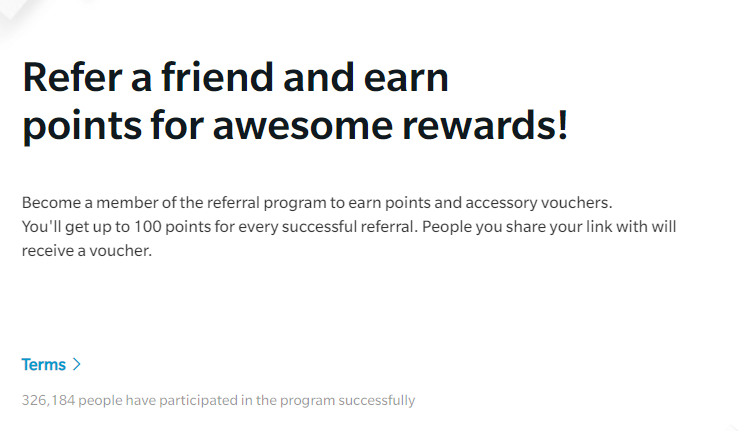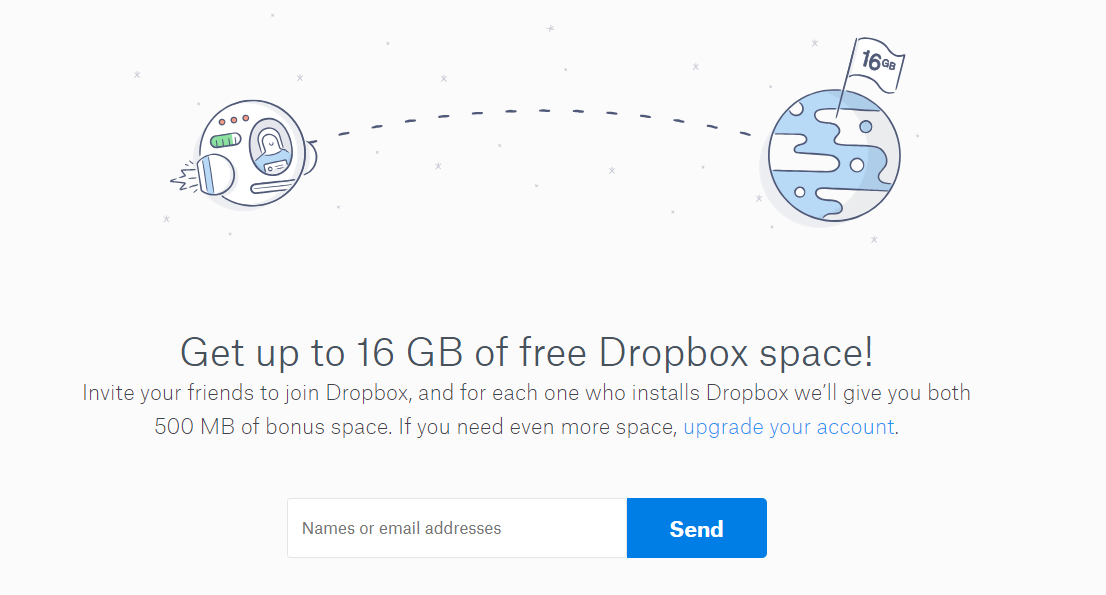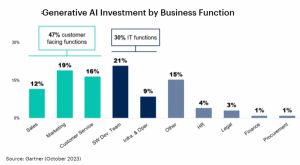— July 2, 2019
Viral growth has become something of a holy grail for online businesses. Entrepreneurs lose sleep trying to come up with PR stunts, relatable videos, and other strategies just so their product can ‘go viral’. And can you blame them?
Who can turn down the allure of a growing user base and tons of positive buzz? That is precisely what viral growth is all about – attracting many users in a short time, free of cost, and generating press to fuel the viral loop.
Do not mistake viral growth with a random, happy coincidence though. This is a highly calculated strategy where products are designed with the intention of promoting viral growth right from the start. A business will achieve viral growth only if it finds the right set of hooks integrated into the user experience, combines viral mechanics with a value proposition, and a use case that fuels the referral loop.
Think you can do all this on your own? Well, check out some useful tips that transform viral growth from a pipe dream to a more realistic goal:
Calculate viral growth
Keep in mind viral growth doesn’t happen overnight. Understand the difference between word of mouth and viral growth. The latter is more product-driven, engineered using multiple optimizations involving a sound insight into human behavior, a growth hacker-like perspective, and effective product design.
Calculate viral growth by familiarizing yourself with the five key drivers:
- Invite calculations: Search for opportunity points to drive users to invite their friends. Think OnePlus’ referral program that grants users points and accessory vouchers.

- Conversion rate calculations: Determine what it takes for new users to convert, be it improved landing pages or an incentive. A WordStream study found the average conversion rate across different industries to be 2.70 percent on search networks.
- Viral cycle time calculations: Think of it as the time necessary to transform a referral into a customer. Decrease friction so that more users sign up for your business. Find ways to secure a wow moment and overcome consumers’ hesitation so they share and fuel the viral cycle.
- Churn calculations: A business’ churn rate is the percentage of users that discontinue their association over a particular time frame. Focus on initial churn rather than retention churn as most products lose 65 percent in the first month.
- Market size calculations: Expand the possible pool of consumers by targeting new demographics and extending functionality.
Think about each factor and what it means for your business. At the same time, please note that some of these factors are mutually inclusive. Thus, your efforts in a specific area will benefit a different factor.
Know your target audience
Get one thing straight – only engaged consumers will share. Thus, draft your viral strategy only after you’ve ensured your ability to activate and attract users carefully. Give customers enough time to warm up to your service and then encourage them to invite friends and family.

But to reach that point, assure your user that your product offers value. Highlight the advantages of your product not just for the advertiser, but the invitees as well. However, do not complicate the value proposition; otherwise, you might unknowingly spoil the conversion.
Prepare to wait for months, even years, for your paid customers to virally ‘create’ other paid customers. But the rewards are worth the wait, and you stand to see fourth or even fifth generation viral users over time.
The biggest motivator users have for sharing your product is the satisfaction in knowing that it helped the person they referred it to. However, speed up the process and improve your chances by identifying what users want apart from satisfaction. Think cash rewards, new features, more subscription plans, free credits, gift cards, and VIP accounts. Also, identify who your customers will recommend the product to.
Use this information to create your user flow – from motivation to trigger to action and finally, reward. Combine the correct motivation with the best reward for success. Promote sharing by developing specific triggers in the user flow.
Turn to ecosystems used by your audience
Try to make your triggers as effortless as possible by gaining easy access to your audience’s contacts. No matter how good your business rapport with a user is, they will not leave your app to send manual emails to friends and acquaintances.
Integrate with other ecosystems to boost your chances of viral growths. They are full of new leads and you can seek help from social networks and other APIs, phone apps, and mail systems to reach the next step.
Keep the sharing process feeling easy and natural
Maintain your goal of developing a product that spreads easily among your target audience. Look at the examples of Rapportive and Yesware. Considering the value, users refer to each other without the need for any additional sharing features. Most of it takes place via word of mouth since they are combined with Gmail. Writing emails encouraging people to try the product takes seconds. The best part is, it’s all very easy and natural. Needlessly complicating things with extra sharing features isn’t going to be of much use when the email already contains a strong hook.

See how the Dropbox referral program offers a quick email send.
Also, notice the lack of share buttons. That’s because sharing is a process that occurs naturally when you display your documents to others. Use Google and Facebook integration to do away with the need for knowing the email address of potential collaborators. Look for a dropdown list of contacts whenever you begin typing, select the correct one, and share the document instantly.
Make your presence felt in current networks
Never force consumers to share their activities via email or social media. Wait for them to do it by themselves. Simply suggest when the right moment for sharing in the user flow. Also, ensure these shares align with the user motivations. For example, Spotify used Facebook’s OpenGraph feature to flood tickers and newsfeeds with various music news and activities.
The strategy worked, but mostly because the majority of users do not have problems sharing the music they listen to. However, steer clear of sharing private activities. Passive shares may go unnoticed, so it’s best to rely on a combination of active and passive sharing.
Promote your product via referral
Sometimes, sharing activities and content isn’t sufficient. Start experimenting with referral programs. Focus on the quality of the shares instead of the quantity. However, avoid spam invitations and convey the message to those friends who fit your target consumer profile. Offer benefits to both parties to keep them engaged during the invitation process.
For example, some companies offer cash back or coupons for every friend invited. And they are a major growth driver for business since they cash in on consumer’s love of free items and attracts the right kind of publicity. Stay in control of the situation by not handing out free cash and using integrated referral systems.
Use referrals to reach and activate new users in a company. Once they confirm their corporate email address, invite coworkers with the same email domain.
Form referral viral loops
Incentivize users to refer others by providing rewards for all new customers who sign up with your business through a referral. Implement a referral loop that encourages new hosts and guests to investigate the product or service. Request current hosts and guests to refer their friends. Provide rewards once the referred friend completes their first purchase successfully.
This method is a win-win for your business as well as users. It encourages consumers to refer more people to your business, and you fulfill your end of the bargain only when a referred user turns into a paying customer.
Leverage market trends
A Gartner survey found that 71 percent of business leaders understand the relationship between business success and key performance indicators (KPIs). Take enough time to measure the effectiveness of your viral marketing techniques. Notice if your website registers increased activity or you get more inbound leads. Also, notice any changes in social media attention.
Identify and measure the performance of viral growth to make better business decisions. At the same time, eliminate any guesswork out of your viral marketing for improved communication, clearer expectations, and better execution. Make sure you’re in a favorable position to react to market trends.
Concluding remarks
Viral growth comes with numerous benefits, foremost being the brand awareness of your business and campaigns generate, translating into more sales. But there are risks as well. Be sure to test, grow, and calculate which techniques work best for your business, especially considering your industry vertical. Pick the right appeals and strategies to improve your chances of viral success.
Business & Finance Articles on Business 2 Community
(58)
Report Post







